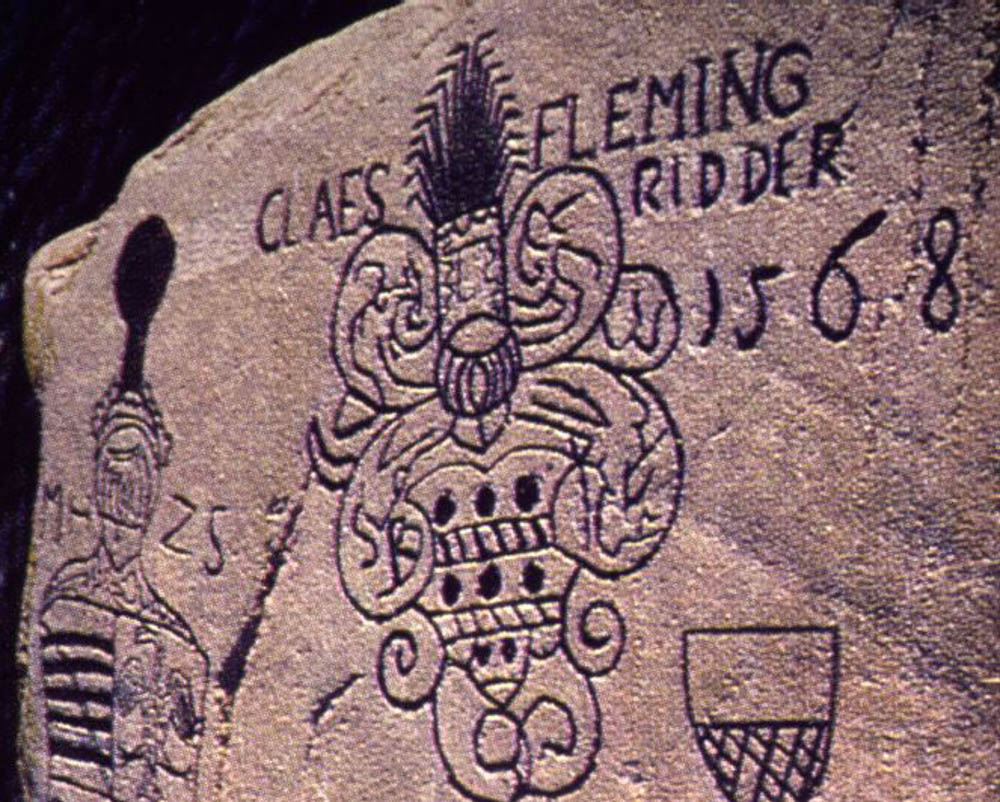
Where in Hanko or in Finland in general can you see the names of so many famous people as in Hauensuole? Especially in the 16th and 17th centuries, seafarers have left their mark on the rocks of this natural harbor while waiting for better winds. Here you can find more than 600 engravings, either as names or family coats of arms.
Hauensuoli became a natural harbor in the 15th century when Kappelisatama had become too shallow for larger ships. In 1555, Olaus Magnus wrote in the book Historia de gentibus septentrionalibus, or History of the Northern Nations, about a great harbor that is so pleasant and safe that there is no other in the entire Nordic sea areas, perhaps even in the open ocean, that could be compared to it. For those who sail from every direction, it embraces obstacles and protects them as a natural defense against both storms and the enemy's fleet. Olaus Magnus continues that this port is located like a vast fortress in the middle of mountains and valleys in a scenic location. In its rocks, there are ancient coats of arms of the Götic and Svean heroes, in a uniform order, but carved in the ancient simple way, mainly to remind later generations.
Olaus Magnus was known for exaggerating briskly, but it was true that the coats of arms and names of Swedish great men can be found here, although more from a later period. They were either soldiers or officials who were on their way to the Baltic from Sweden, and the easiest way was to go through Hankoniemi. Here you can find familiar names from history books such as Klaus Fleming, who was Finland's order holder in the 1590s. Among the soldiers, we can mention Åke Tott and Torsten Stålhandske, known from the 30-year war. The most coats of arms can be found from the Oxenstierna family, whose members were both civil servants and soldiers. Among them, we can mention, among others, Axel Oxenstierna, who was the chancellor of the kingdom, and practically the ruler of Sweden when Queen Kristiina was a minor in the 1630s.
The Hanko Museum, together with the friends of the Hanko Museum, has worked to preserve this unique area. The rocks are full of carvings, but they are almost impossible to see anymore when lichens grow in the area. Now we are investigating what can be done to remove the lichens, without eroding the rock, and thus also the carvings.

Text: Museum director Laura Lotta Andersson.
Source: Olaus Magnus Gothus, History of the Northern Nations, Descriptions of Finland, translated into Finnish by Kaarle Hirvonen, Keuruu 1973.
Images: Aalto University archive, teaching slide collection, Finnish landscape. Tirilä, S. Hauensuoli rock cutting documentation, Museum Agency. Hanko Museum.


